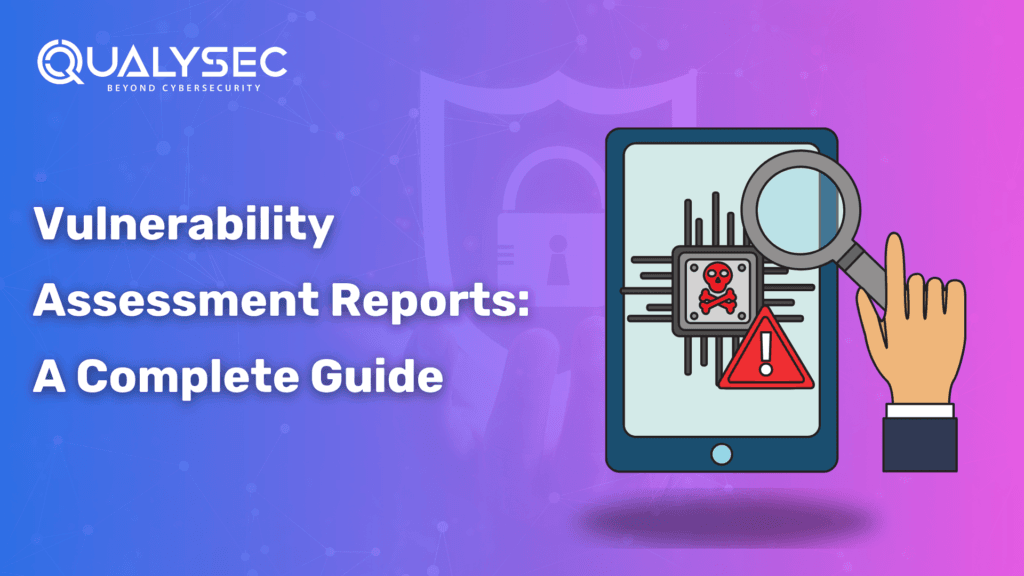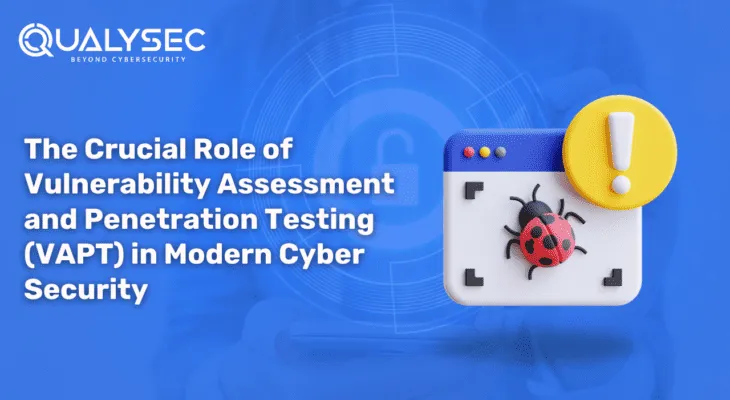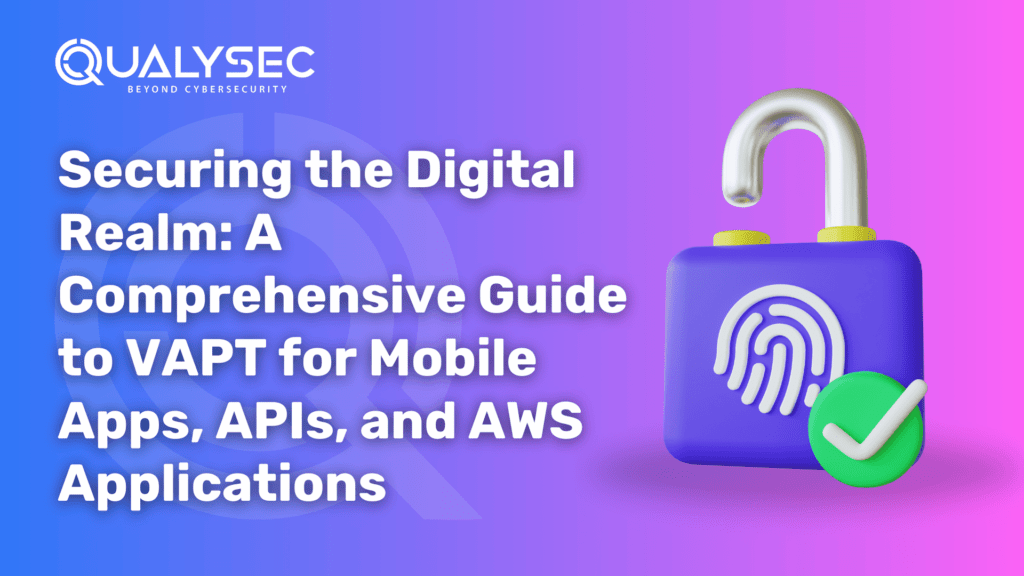Vulnerability Assessment Report: A Complete Guide
Have you ever wondered why businesses need vulnerability assessments? You may have heard clients and stakeholders asking for vulnerability assessment reports, but until now you may not have a brief idea of what it is and why it is so important. A vulnerability assessment is done to identify weaknesses present in an application or network, and its report includes a summary of the process. According to a study conducted by the University of Maryland, there is a new attack somewhere on the web every 39 seconds. This results in roughly 2,244 attacks daily on the internet. No wonder the need for cybersecurity is increasing day by day. This blog will focus on vulnerability assessment reports, what should it contain, and why it is important for businesses. What is Vulnerability Assessment A vulnerability assessment is the process of identifying, classifying, and reporting vulnerabilities that are present in applications, networks, and other digital assets. It provides organizations with the required knowledge to understand the security risks associated with their IT environments. Vulnerability assessment typically involves using automated testing tools, for example, vulnerability scanners, whose results are listed in the vulnerability assessment report. Organizations of any size that face the risk of cyberattacks can benefit from the vulnerability assessment. vulnerability scans help detect security risks like SQL injection, cross-site scripting (XSS), broken access control, outdated security patches, and many other common vulnerabilities and exposures (CVEs). The tools used in vulnerability assessment test the most common security risks listed in OWASP’s top 10 and SANS’ top 25 but are not limited to them. Read also: Vulnerability Management Services – An Ultimate Guide What is a Vulnerability Assessment Report A “vulnerability assessment report ” shows the security flaws found in a vulnerability assessment. It helps organizations understand the risks specific to their technology. In addition, the reports also suggest effective ways to improve security measures without changing the business strategy completely. If you want to protect your digital assets from cyber criminals or hackers, start with a vulnerability assessment. It’s an automated reviewing process that provides insights into your current security posture. Furthermore, many governments and industry regulations recommend conducting regular assessments for better security. Download a Sample Vulnerability Assessment Report (VAPT Report) free. What should a Vulnerability Assessment Report contain? In general, there is no single vulnerability assessment report template that needs to be maintained by everyone, even for compliance purposes. However, if you are complying with PCI DSS, the report has its own specific requirements. Typically, a vulnerability assessment report will tell you how many weaknesses were found in the tested area at a specific time. Ideally, you would want the report to contain zero issues, but that’s hardly the case, because the world is always changing. Despite not having a fixed pattern, you can expect a vulnerability assessment report to have the following sections: Section Description Summary – Assessment date range – Assessment purpose and scope – Assessment status and summary of findings, concerning the risks for the client – Disclaimer Scan Results – Scan results explanation: How vulnerabilities are organized and categorized – Report Overview Methodology – Tools and tests used for vulnerability scanning, like penetration testing, network scans, etc. – The specific goal of each scanning method and tool – Testing environment for each scanning Findings – Index of all identified vulnerabilities – The severity of vulnerabilities categorized as critical, high, medium, and low Recommendations – Action recommendations that the client should take – Security tools suggestions to enhance network security – Recommendations on security policy and configuration Why do you need a Vulnerability Assessment Report? The main goal of a vulnerability assessment is to give the organization a clear idea of the security flaws present in their applications and networks. a report is the medium through which all these are communicated. Here are a few reasons why businesses need vulnerability assessment reports: For Vulnerability Management A vulnerability assessment report writes and categorizes the vulnerabilities found in the tested environment, along with the severity of the risks they pose. This helps the company prioritize its remediation process as per the vulnerabilities and allocate its resources where it is needed the most. To Meet Compliance Requirements If someone asks for a vulnerability assessment report, especially an auditor, it’s most likely for compliance purposes. Many industry standards or compliance frameworks related to security make it mandatory to regularly scan for vulnerabilities. For example, SOC 2, HIPAA, PCIS DSS, and ISO 27001. Not meeting these compliance requirements would result in legal penalties, so a report is required to avoid those. To Increase Client Trust Most of the time it happens that a client requests for a vulnerability assessment report. This is because vulnerabilities in your application can hamper their business. With cyberattacks on the rise, a single vulnerability can significantly paralyze the whole organization. A vulnerability report assures clients that your services or products are free from security flaws and that they are safe to do business with you. Reduce Cyber Insurance Premiums A lot of companies insure their business from cyber threats and if you too want it, your insurance provider will need a vulnerability assessment report. A report will help you bring down the premium of the insurance policy. Improve Business Resilience Cybersecurity is a major concern for most businesses, so chances are that your stakeholders want to fix security issues before they turn into serious risks. Having a proper vulnerability management in place with clear vulnerability assessment reports will ensure your management’s peace of mind. The hybrid approach of vulnerability assessment and penetration testing provides a comprehensive analysis of the tested environment. Contact us now and detect hidden vulnerabilities in your system that could lead to cyber threats! Talk to our Cybersecurity Expert to discuss your specific needs and how we can help your business. Schedule a






